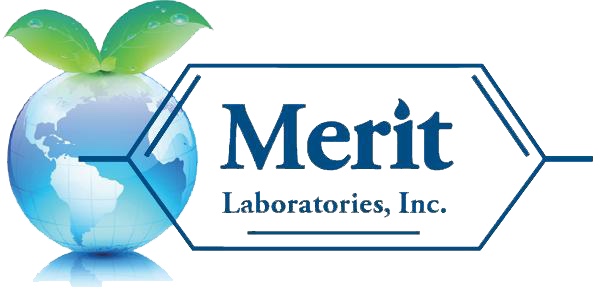As part of a nationwide trend, the New York Department of Environmental Conservation (NYDEC) has issued Guidelines for Sampling and Analysis of PFAS. The guidance document summarizes procedures and updates previous NYDEC Division of Environmental Remediation (DER) technical guidance for PFAS activities.
DER conducts or oversees PFAS sampling and laboratory analysis as part of remedial programs implemented under 6 NYCRR Part 375. All work plans should include PFAS sampling and analysis procedures that conform to the guidelines provided herein.
The New York PFAS Guidance Document includes specific requirements for:
Field Sample Procedures
Data Assessment and Application to Site Cleanup
Testing for Imported Soil
Analysis and Reporting
QAPP Guidelines for PFAS
Sampling Protocols for PFAS in Soils, Sediments and Solids
Sampling Protocols for PFAS in Monitoring Wells
Sampling Protocols for PFAS in Surface Water
Sampling Protocols for PFAS in Private Water Supply Wells
General Fish Handling Procedures for Contaminant Analysis
PFAS Analyte List
Laboratory Guidelines for Analysis of PFAS in Non-Potable Water and Solids
Data Review Guidelines for Analysis of PFAS in Non-Potable Water and Solids
In the State of New York, the guidance document states that “as part of a site investigation or remedial action compliance program, whenever samples of potentially affected sample matrices are collected and analyzed for the standard Target Analyte List/Target Compound List (TAL/TCL), PFAS analysis should also be performed. Potentially affected media can include soil, groundwater, surface water, and sediment. Based upon the potential for biota to be affected, biota sampling and analysis for PFAS may also be warranted as determined pursuant to a Fish and Wildlife Impact Analysis.”
DER has developed a PFAS Analyte List, detailed in Appendix F of the guidance document, for remedial programs to understand the nature of contamination at sites. Reported results for PFAS will include, at a minimum, all the compounds listed.
The guidance document states that LC-MS/MS analysis for PFAS using methodologies based on EPA Method 537.1 is the procedure to use for environmental samples. Isotope dilution techniques should be utilized for the analysis of PFAS in all media. Reporting limits for PFOA and PFOS in aqueous samples should not exceed 2 ng/L. Reporting limits for PFOA and PFOS in solid samples should not exceed 0.5 µg/kg. Reporting limits for all other PFAS in aqueous and solid media should be as close to these limits as possible.
A few specific highlights from the New York PFAS Guidance Document include information on water and soil sample results:
Water Sample Results
PFAS should be further assessed and considered as a potential contaminant of concern in groundwater or surface water if PFOA or PFOS is detected in any water sample at or above 10 ng/L (ppt). In addition, further assessment of water may be warranted if either of the following screening levels are met:
a. any other individual PFAS (not PFOA or PFOS) is detected in water at or above 100 ng/L; or
b. total concentration of PFAS (including PFOA and PFOS) is detected in water at or above 500 ng/L
If PFAS are identified as a contaminant of concern for a site, they should be assessed as part of the remedy selection process in accordance with Part 375 and DER-10.
Soil Sample Results
The extent of soil contamination for purposes of delineation and remedy selection should be determined by having certain soil samples tested by Synthetic Precipitation Leaching Procedure (SPLP) and the leachate analyzed for PFAS. Soil exhibiting SPLP results above 70 ppt for either PFOA or PFOS (individually or combined) are to be
evaluated during the cleanup phase. Sites in the site management phase should evaluate for PFAS to determine if modification to any components of the SMP is necessary (e.g., monitoring for PFAS, upgrading treatment facilities, or performing an RSO)
Merit, certified by the State of New York for laboratory testing, is a leading PFAS environmental laboratory, analyzing drinking water, soil, wastewater, groundwater, and other sample matrices, including biosolids and sludge. Analytical methods performed by Merit for PFAS include drinking water by EPA 533, EPA 537.1, and EPA 537 rev. 1.1 and soil, wastewater, groundwater, and surface water by ASTM D7979 with Isotopic Dilution.
Please contact Merit Laboratories for assistance on your PFAS testing needs.

